Designers everywhere ought to know about the Golden Ratio. It’s a mathematical ratio that creates aesthetically pleasing layouts. Considering that the Golden Ratio is so often in character, it’s no surprise that its consequences are natural-looking.
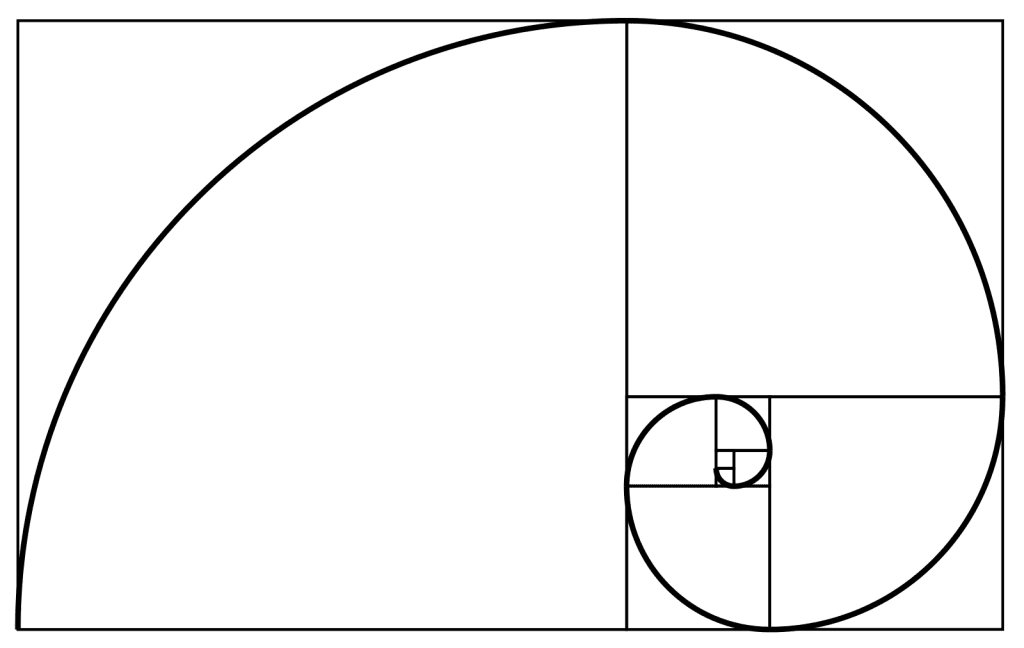
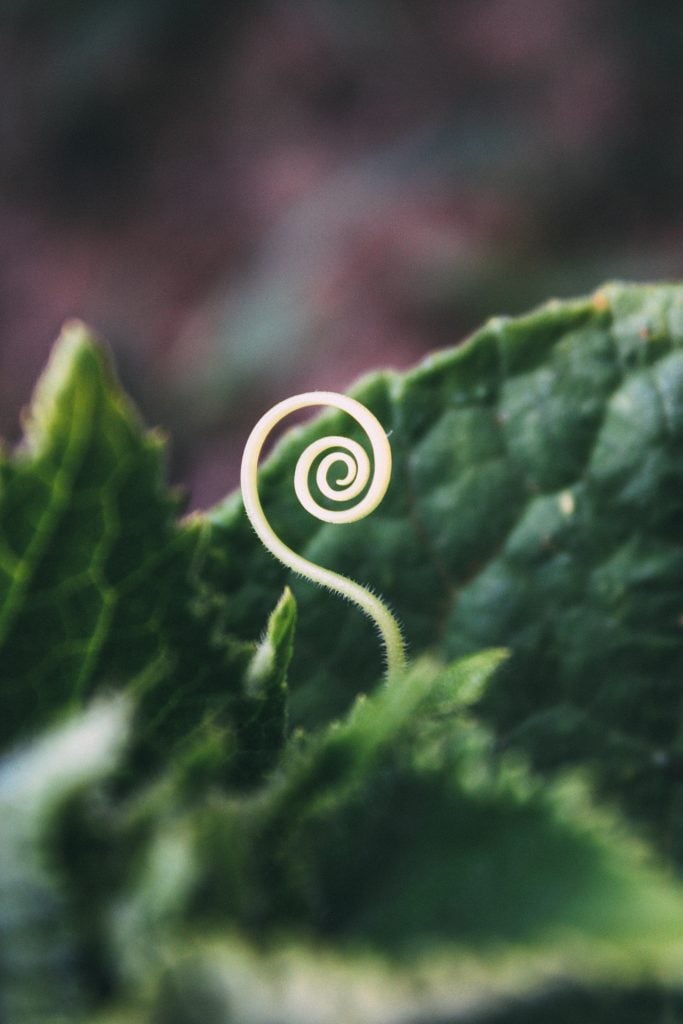
Photo by Bogomil Mihaylov on Unsplash
The Golden Ratio goes by several other names, too:
Divine Proportion
Golden Mean
Golden Section
Phi (Greek letter)
The Math Behind the Golden Ratio
I’m planning to spell out precisely the Golden Ratio’s math as simply as you can and without going into the details you don’t really have to understand. If you’re able to keep up with the math, good. But in the event that you could ’t, that’s fine – you’ll continue to be able to use the idea on your layouts.
To know the Golden Ratio, you have to first know the Golden Rectangle
The Golden Rectangle is a big rectangle that has a square inside . The sides of the square are equivalent to the shortest span of the rectangle:
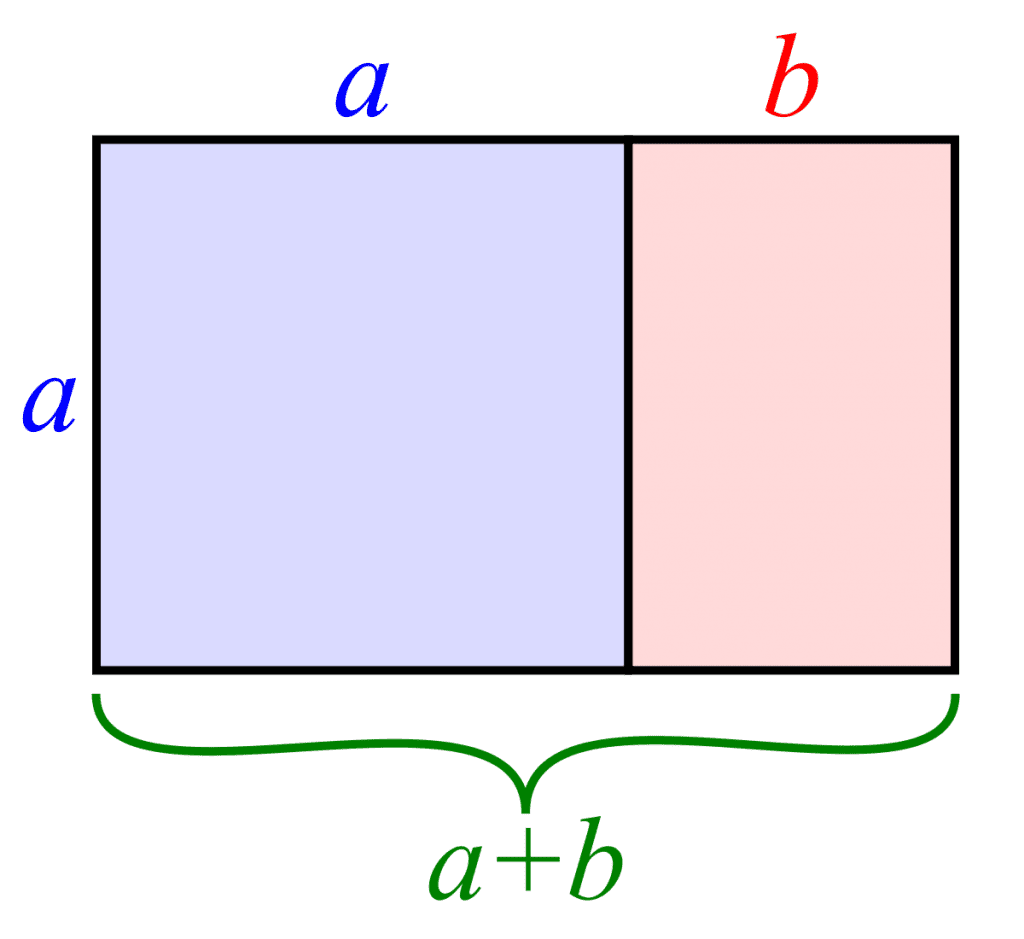
Source: Wikipedia
The Golden Ratio is a few that’therefore (kind of) equivalent to 1.618, exactly like pi is approximately equal to 3.14, although not exactly.
You take a line and split it into two parts — a lengthy part (a) plus a short component (b). The whole length (a + b) divided by (a) is equivalent to (a) divided by (b). And both of those numbers equivalent 1.618. Therefore, (a + b) divided by (a) equals 1.618, and (a) divided by (b ) ) also equals 1.618.
Back into the Golden Rectangle, because it’so much easier to know
When you put a square in the rectangle, it generates another, smaller rectangle. Ignore the dark lines and look at the green and red boxes:
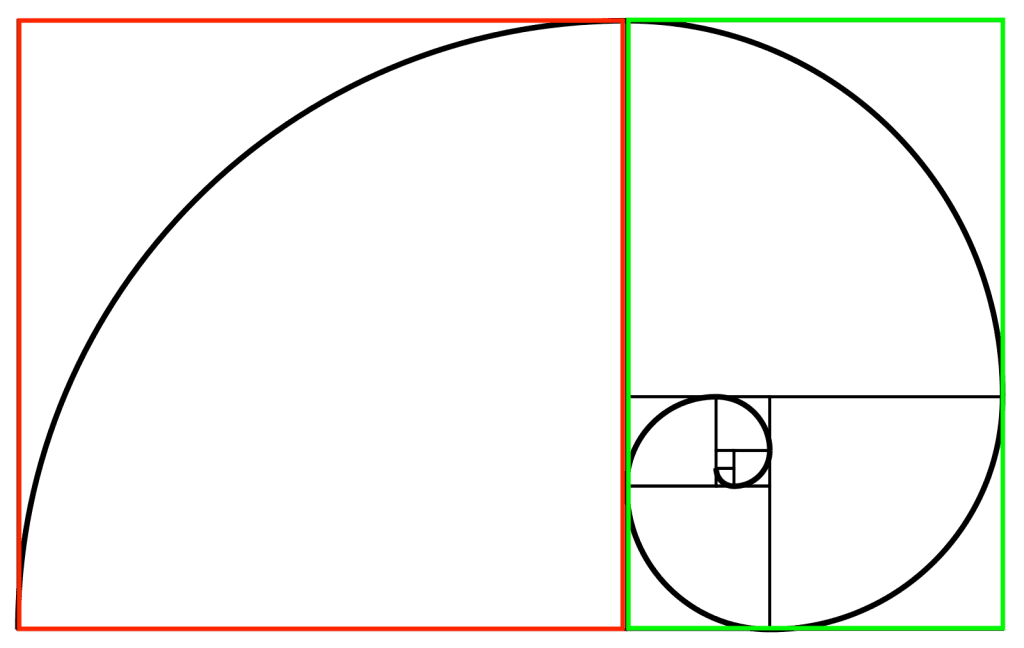
The red square has four sides equal in length, and that length is equivalent to the shortest period of the rectangle. From sectioning off that square, then you automatically create a second, smaller rectangle (outlined in green). Collectively, they produce a complete Golden Ratio design and a foundation for your Golden Spiral.
You can also make a brand new Golden Rectangle from the bigger rectangle, such as this you I’ve outlined in blue:
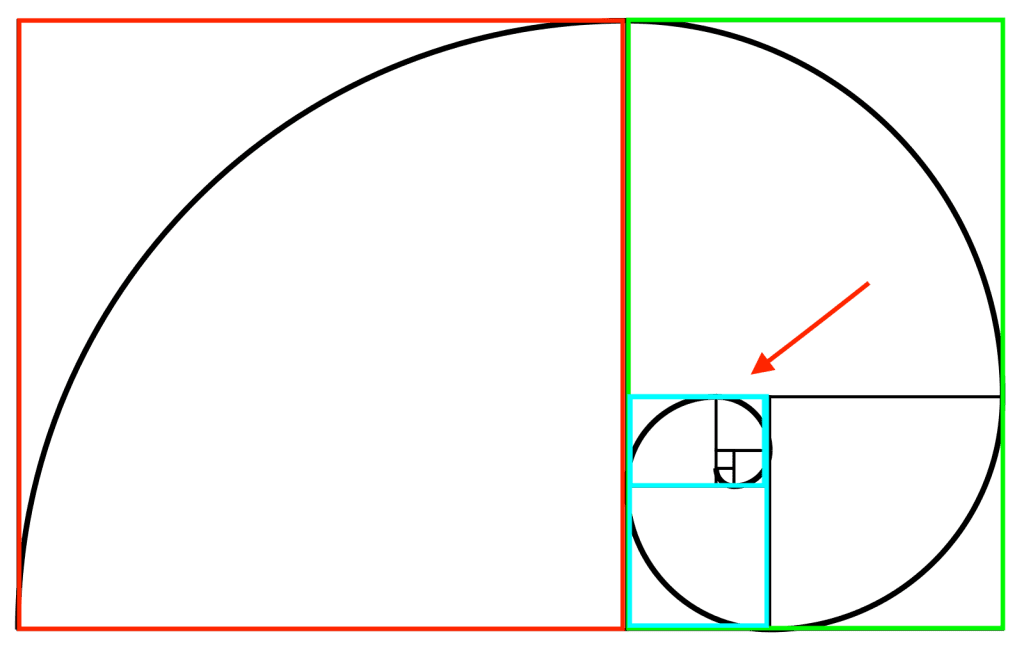
A traditional Golden Ratio Interface has eight Golden Rectangles:
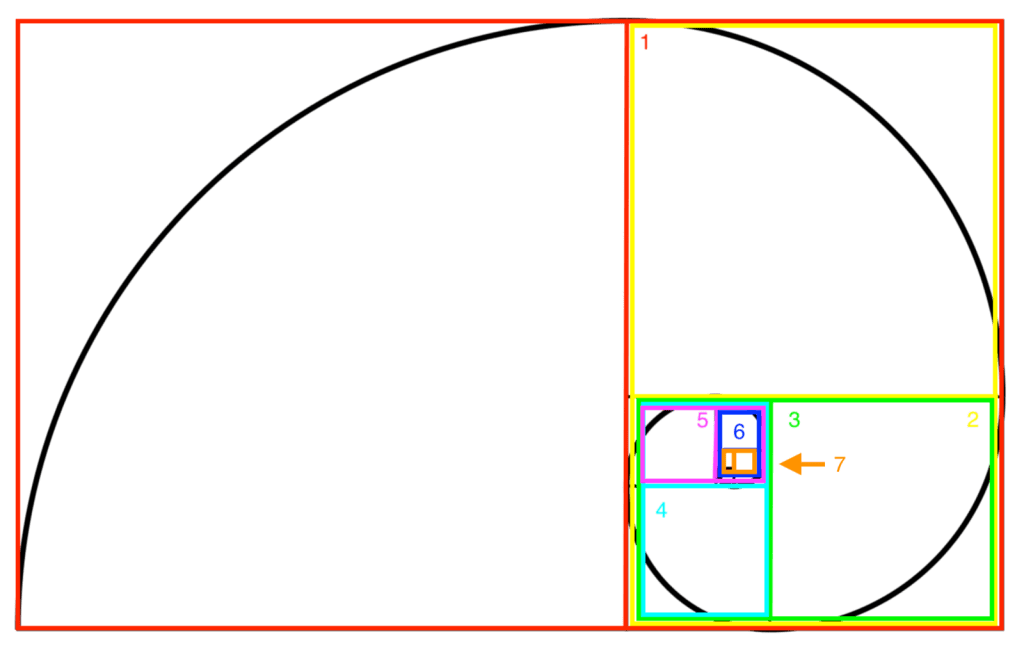
And here’s the tiniest Golden Rectangle, #8:
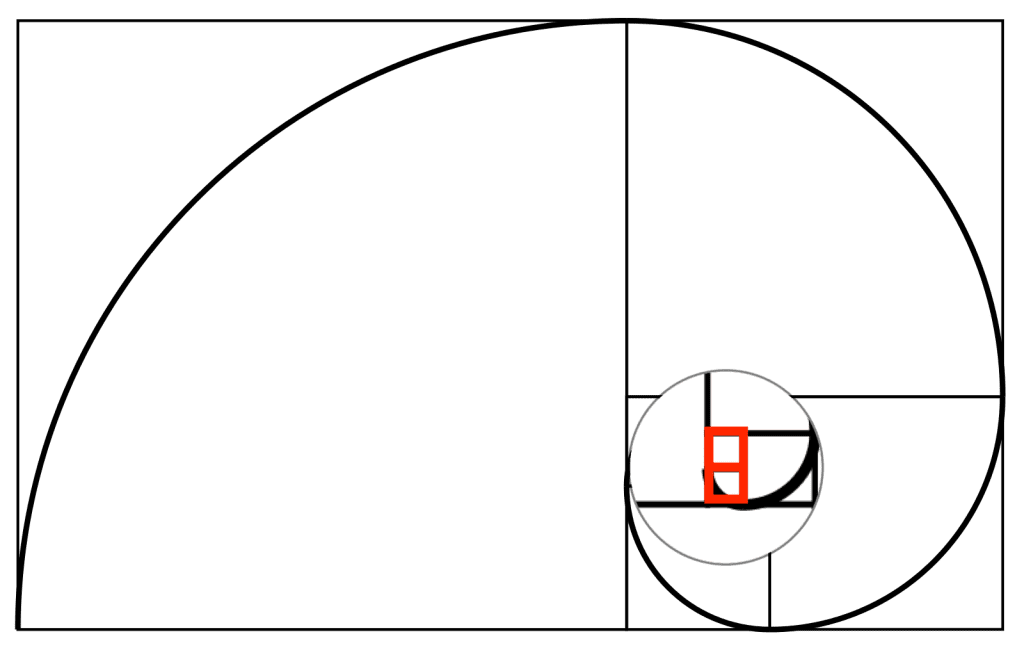
If you begin in the bottom left and then make an arch to link the far side of every square-and-small-rectangle cross section, you’ll receive the Golden Spiral.
The Fibonacci Sequence
The Fibonacci Sequence is really simple to comprehend: you begin with 1 and zero, then get the next number by simply adding up the two numbers before it. 0 + 1 = 1, 1 = 2, respectively. The first few numbers in the sequence are 0, 1, 1, 2, 5, 3, 8, 5, 13, 21, 34.
Should you use those amounts to create squares with those widths, you can pretty much produce a Golden Spiral:
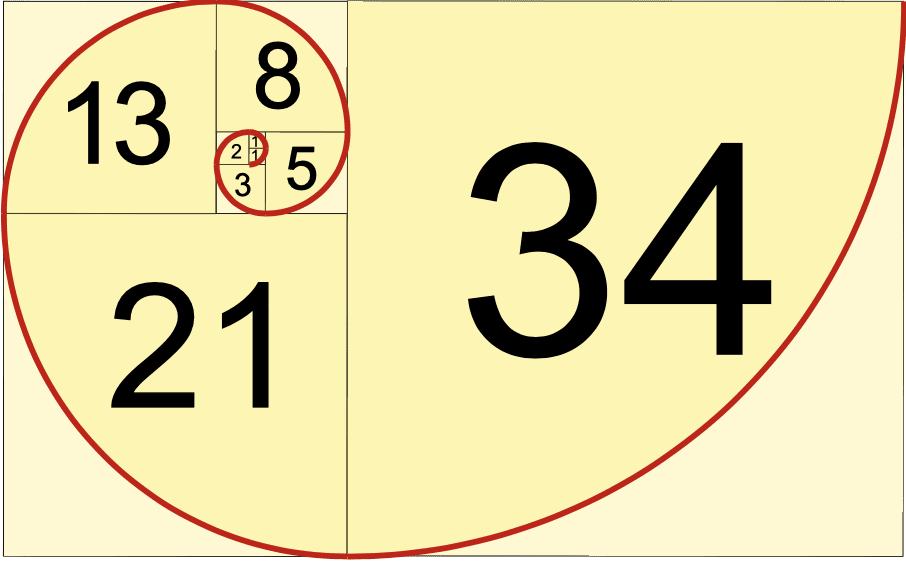
Resource: Math is Fun
The Golden Circles
At times, you’ll see circles drawn from the squares instead of or along with the coil. Should you draw great circles in the boxes of the Golden Ratio overlay, then they ’ll possess the 1:1.618 ratio using one adjoining circle.
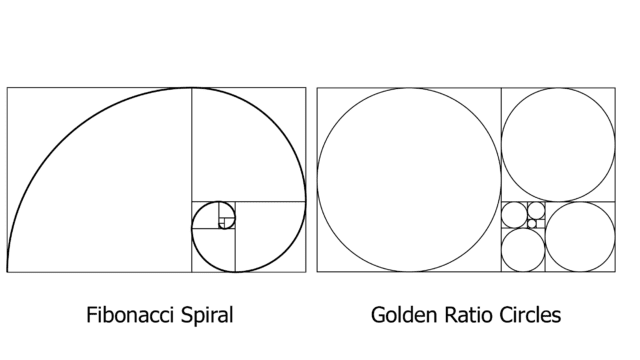
Resource: Limelight Department
The Pepsi and Twitter trademarks use the Golden Circles:
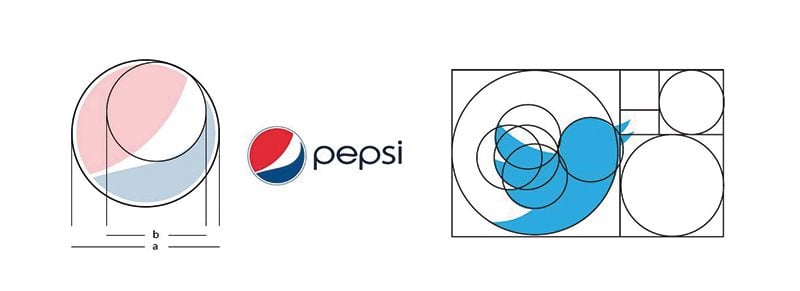
Resource: Hybrid Talks
You’ve Seen This Before, A Lot
Nature is filled with the Golden Ratio. It’s in flora, shells, weatherand hellip;
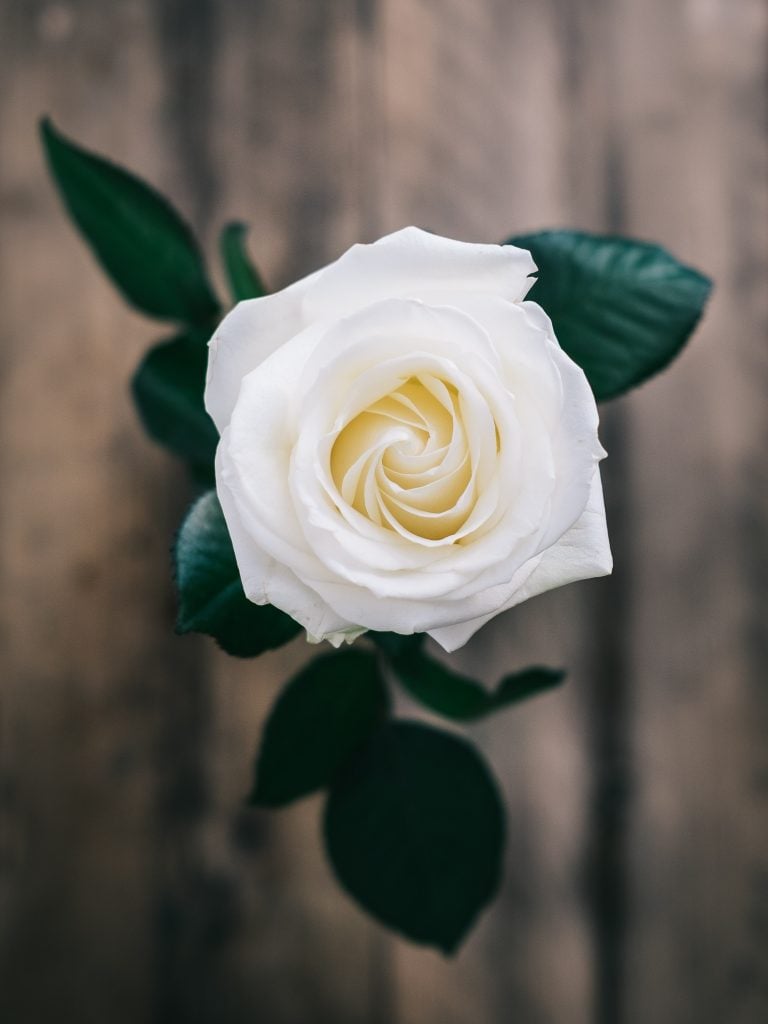
Source: Photo by Annie Spratt on Unsplash

Source: Photo by NASA on Unsplash
And because we see it so often, our brains prefer it. That innate attraction is why it’therefore this kind of potent design for designers to utilize.
The Golden Ratio in Art and Design
Occasionally the Golden Ratio super simple to recognize:
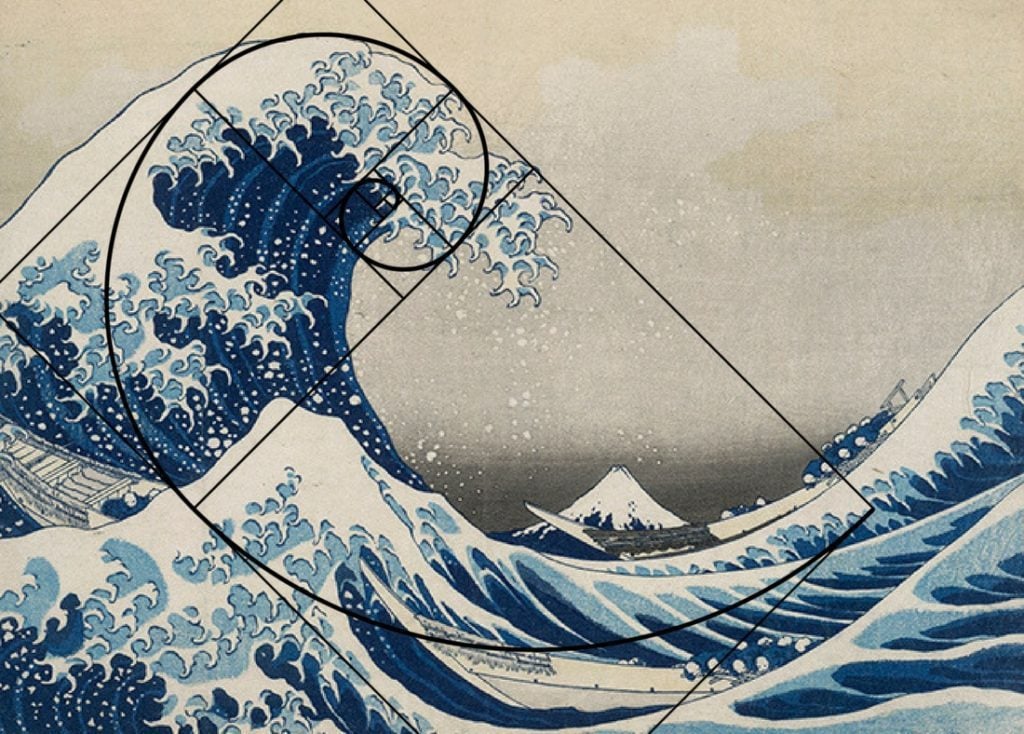
Source: staceysdetailinginc.com
Sometimes you visit, “I have no idea what you’re speaking about… oh wait. I see it. I believe. ”
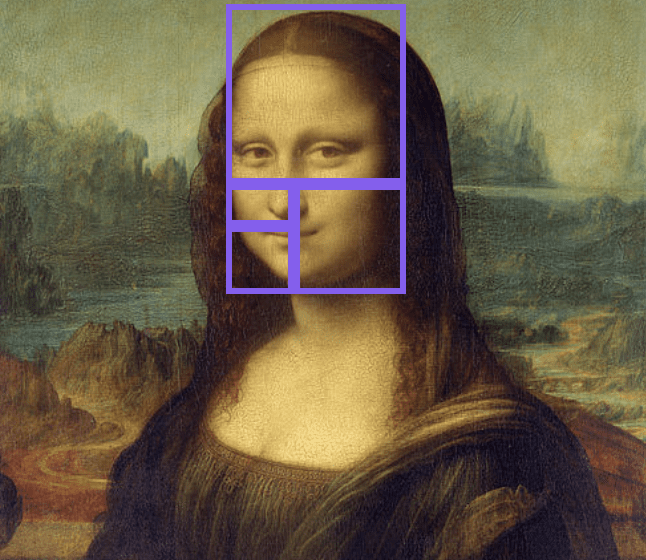
Resource: Marketing Insiders
Other times you might go crazy considering it…

Source: Widewalls
…however if you zero in on the primary Golden Rectangle, it becomes a little more clear:
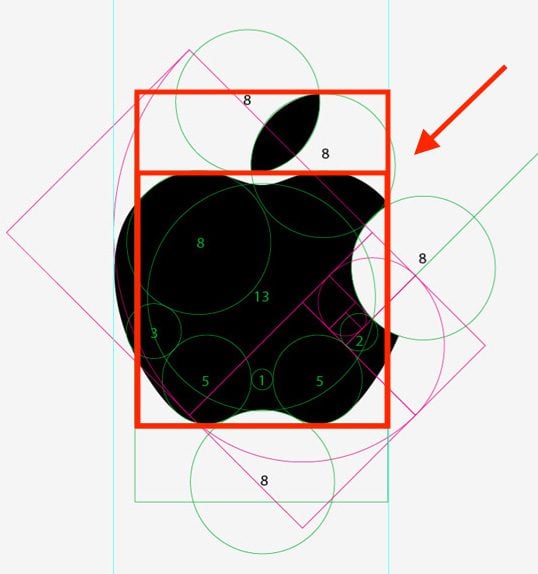
Let’therefore take a look at a commonly-referenced illustration: that the Parthenon
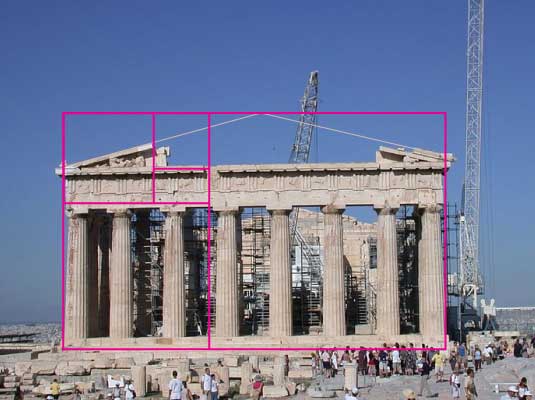
Resource: Creative Bloq
In the beginning, you might see this and move, “That just looks symmetrical to me. How does exactly what I’m considering fit in that Golden Rectangle Spiral item? ”
The Golden Ratio isn’t about how every component of a design fits completely and just into the particular sections. If that was the point, the perfect side of the Parthenon will be one big block and the left side could be broken into smaller cubes.
Instead, the ratio is utilized to create harmony and proportion, and that can be interpreted in a few diverse ways.
Though the Golden Ratio is grounded in math, it could be adapted in imaginative ways. In the instance of the Parthenon, the Golden Ratio decides the height and placement of design components. Additionally, there are a number of Methods to put Golden Ratio diagrams on it:
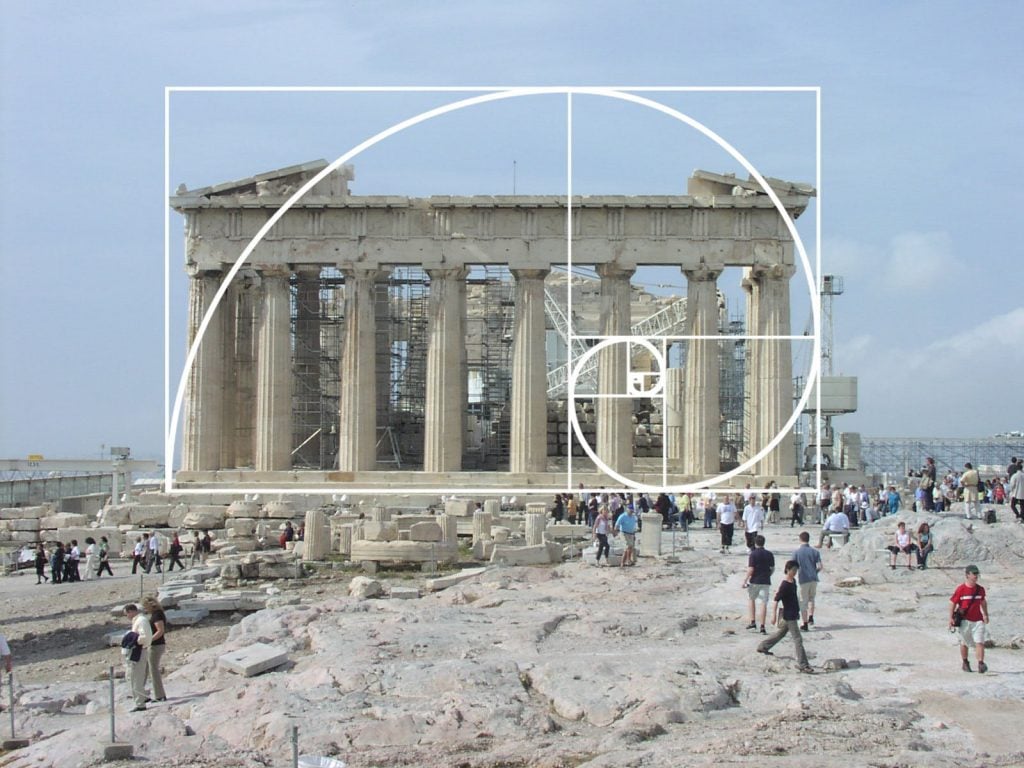
Source: Archinect
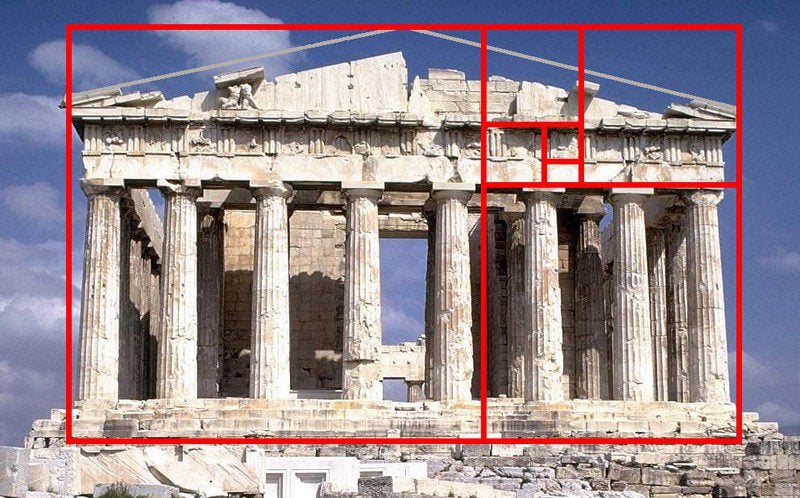
Resource: Esther Sugihto on Medium
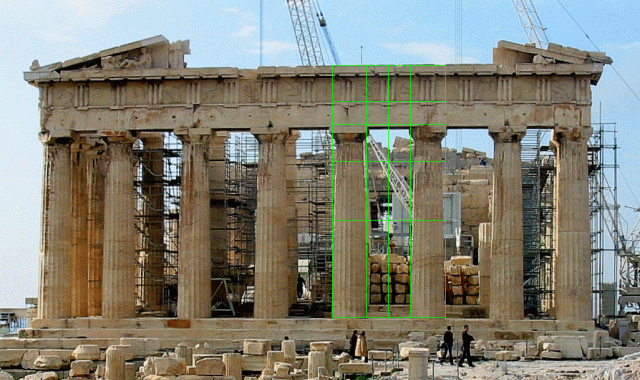
Source: GoldenNumber.net
The Golden Ratio and Website Design
Whether you’re into math or your head’s about to burst, the Golden Ratio is a bit simpler to comprehend in terms of design. You’ve. Now it’s time to take the basic overlay and create your web components absolutely pleasing.
The Golden Ratio and Layout
If you want a excellent Golden Ratio design, set the dimensions to 1:1.618. For instance, you can set the width into 960 pixels and the height to 594 pixels. The Golden Rectangle is 594 pixels on each side and also the rectangle takes up the remaining portion of the design (594 x 366).
Calculator Soup includes a valuable Golden Ratio calculator at which you can put any word (A, B or A + B) to discover the right Golden Ratio values.
Or, you can just use this kind of two-column design, where one column is a little wider than another column. It’so organized and reveals hierarchy.

Resource: National Geographic
I use this in my own site because the site is a collection of my blog posts, and I feel like this is one of the most-recognized layouts for blogs:

In my view, However, the symmetrical design we use Elegant Themes is more modern:
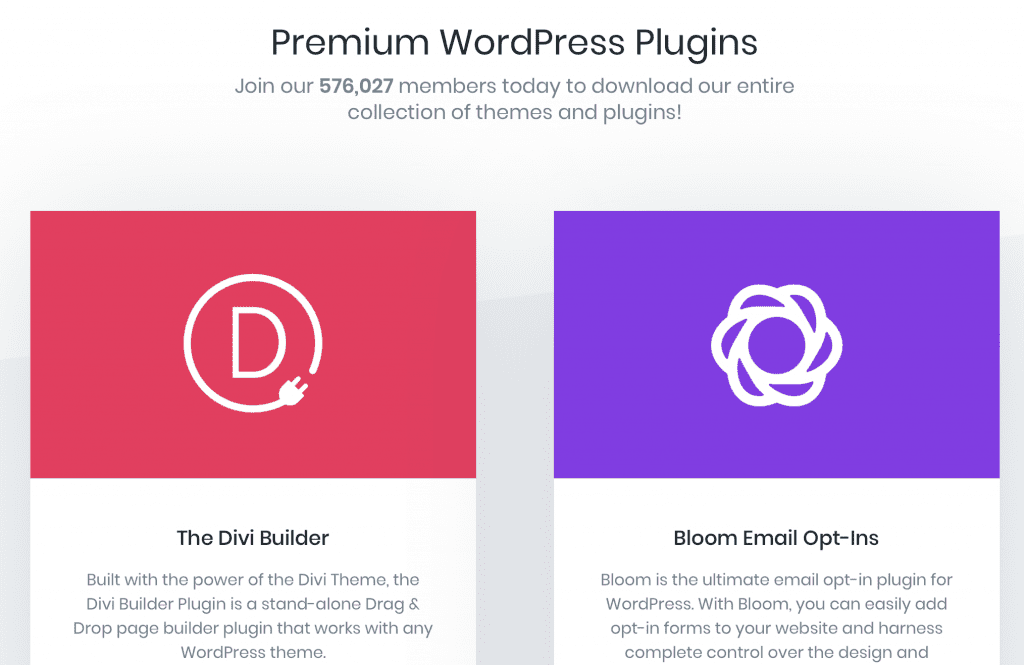
The Golden Ratio and Spacing
The Golden Ratio can help you figure out where to put elements of your design, the proportions to use and where to leave space. Here’s a simple illustration, and you can practically see the Golden Ratio overlay without even having to place it on top:
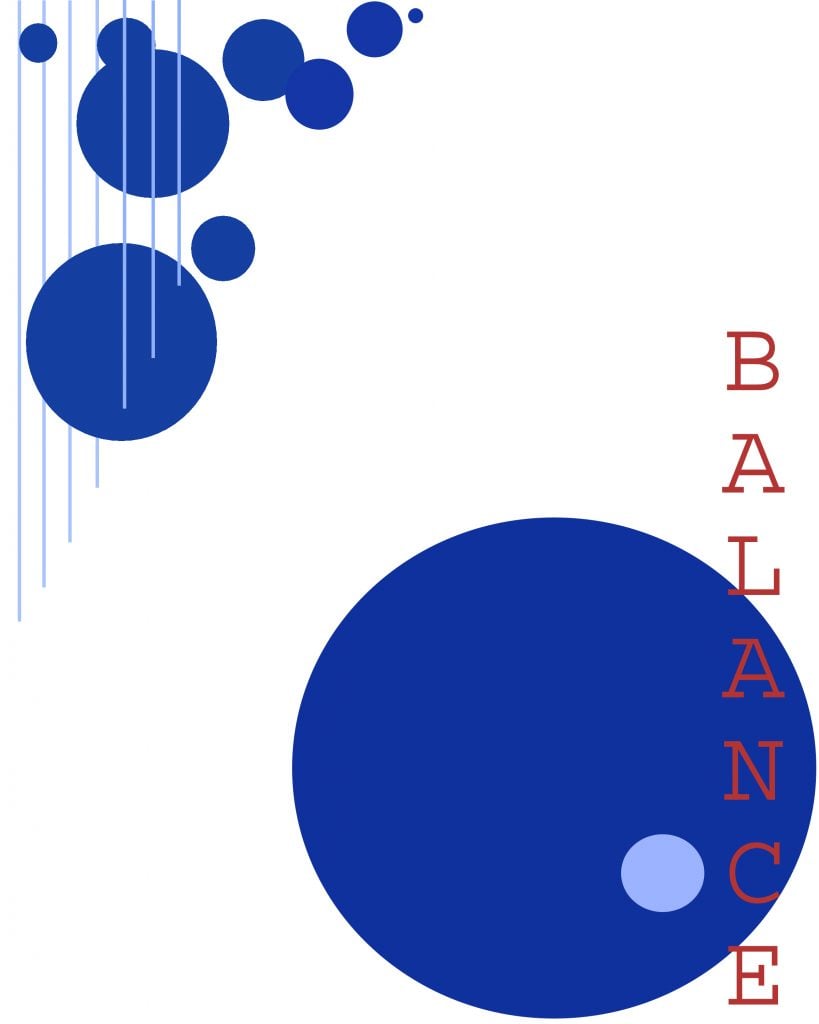
Resource: Digiarts 2011
Here’s exactly what it looks like once I apply the Golden Spiral from Photoshop:
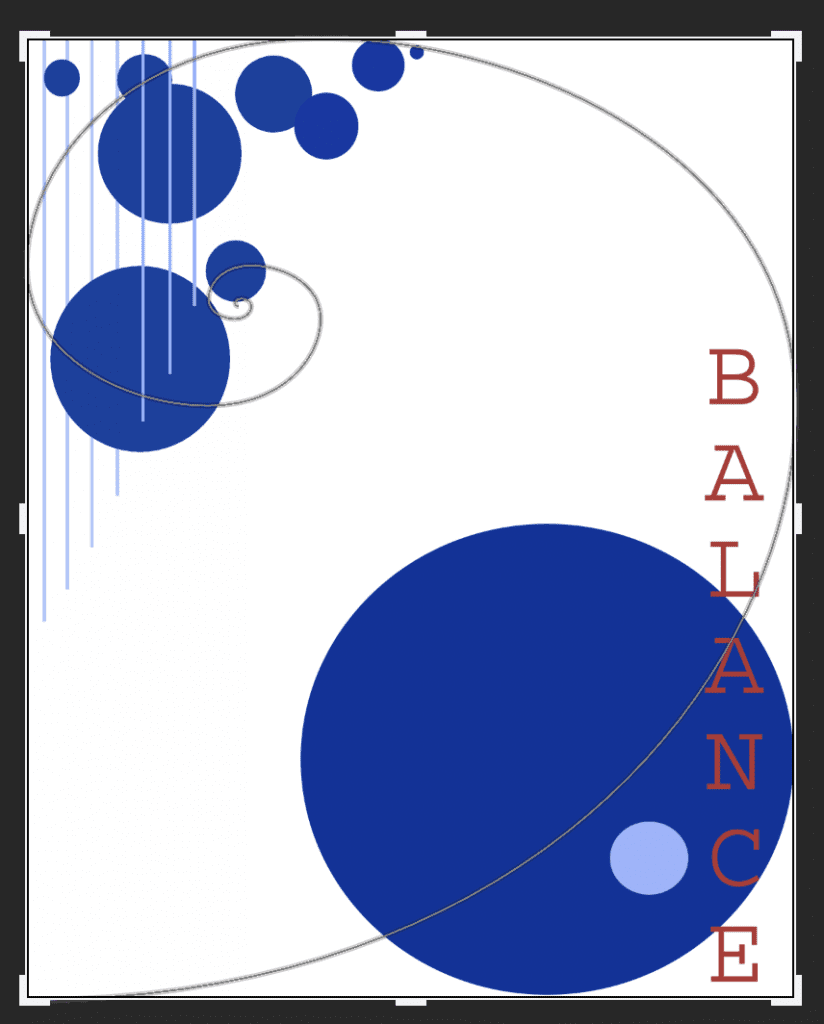
The Golden Ratio is grounded in math, but in regards to implementing it to design, it’therefore not perfect. That design isn’t generated on a Golden Rectangle, therefore the Golden Spiral is out of normal proportions. However, it is possible to see how it can guide a designer to choose where to place the greatest element of the design, as well as the tiniest components and unwanted space.
You can also coating the Golden Ratio overlay to use it to different elements of the same design:

Resource: Branding by Lemongraphic. Instance from Canva.
The Golden Ratio and Content
When you think about the Golden Ratio’s design and spacing collectively, you can begin deciding where to put content on your own site.
Let’s look at the National Geographic site again, now with Canva’s Golden Ratio overlay onto it:
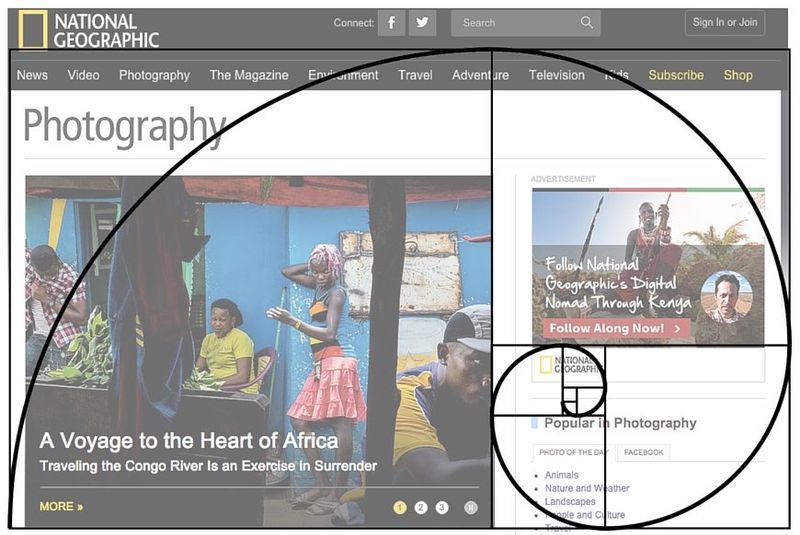
The design is divided so that content lines up along the coil ’s center point. On the left, there’s a large block of articles. On the best, the content becomes denser and there’therefore much more negative space. Toward the center curlicue of the coil, you’ll see a second National Geographic logo — there’s no better way to drive house branding than to put it where the eye goes.
Here’s still a fantastic illustration of the way the Golden Spiral will direct your eye through a design, even past its main component. This is helpful when you have a great deal of articles to squeeze on one page. You’ll also observe that even with this packed and detailed design, there’s nonetheless negative space in there.

Resource: Design by Helms Workshop. Instance from Canva.
Honorable Mention: The Golden Ratio and Images
The Golden Ratio is also utilized in photography composition. Instead of producing a Golden Spiral, the Golden Ratio splits the picture into six cubes. The same Golden Ratio can be used in this kind of grid: the widths and heights of the sections are 1 or 0.618.

Source: Canva
You then use the intersections to write the shot. The target is to set a topic or main portion of a topic on one of these intersecting lines — the topic shouldn’t be centered, and a few cubes ought to be left vacant (in most situations, at least macro photography and also close-up portraits will meet virtually all of the framework ). As a result, you produce a more interesting portrait compared to if the topic were centered.
A much simpler and more accessible way to stick to this rule would be to utilize the Rule of Thirds grid, that you probably have in your phone’s built-in camera along with your own DSLR.
Here’s a picture I shot of my cousin’s young child. I’ve put the Rule of Thirds grid over it to explain to you where the area does, and doesn’t, fill out the frame.
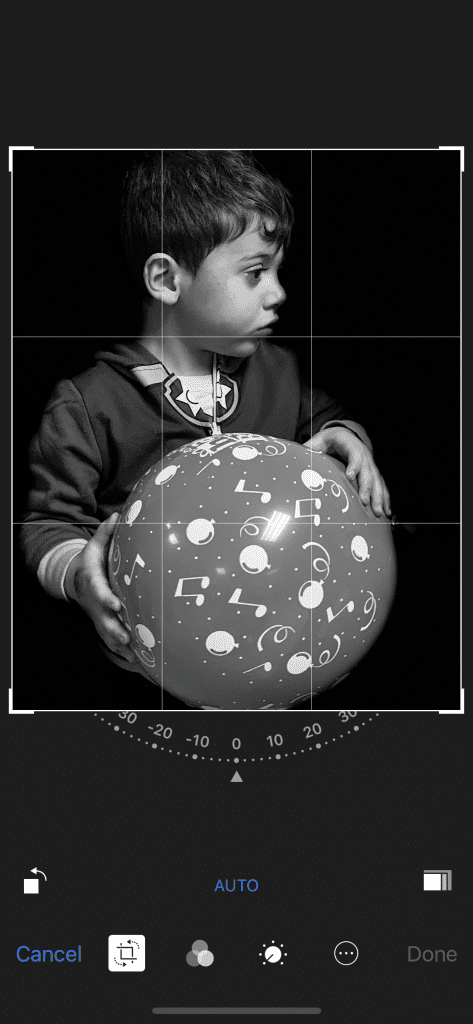
Additionally, look the way the Golden Spiral almost-perfectly wraps around the topic:

The Golden Ratio is different from the Rule of Thirds because the Rule of Thirds grid includes sections with equal lengths and widths. But it’so close — and so much simpler — that this is exactly what photographers typically use when writing or editing a photograph.
Wrapping Up
The Golden Ratio can be utilized as-is or adapted to your intentions and tweaked for dimension — math could have stricter principles, but imagination doesn’t. While it’s possible to use the Golden Ratio from the get-go to guide your design, you might also use it after you’I began designing to make tweaks and improvements. The target is to get the ratio guide you, not to force fit a design in it.
Ready to play your site design even more? Have a look at our post about with Divi’s brand new width and height options to produce responsive design.
The post The Golden Ratio: The Ultimate Guide to Understanding and Using It appeared first on Elegant Themes Blog.
Buy Tickets for every event – Sports, Concerts, Festivals and more buy tickets